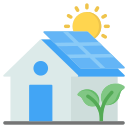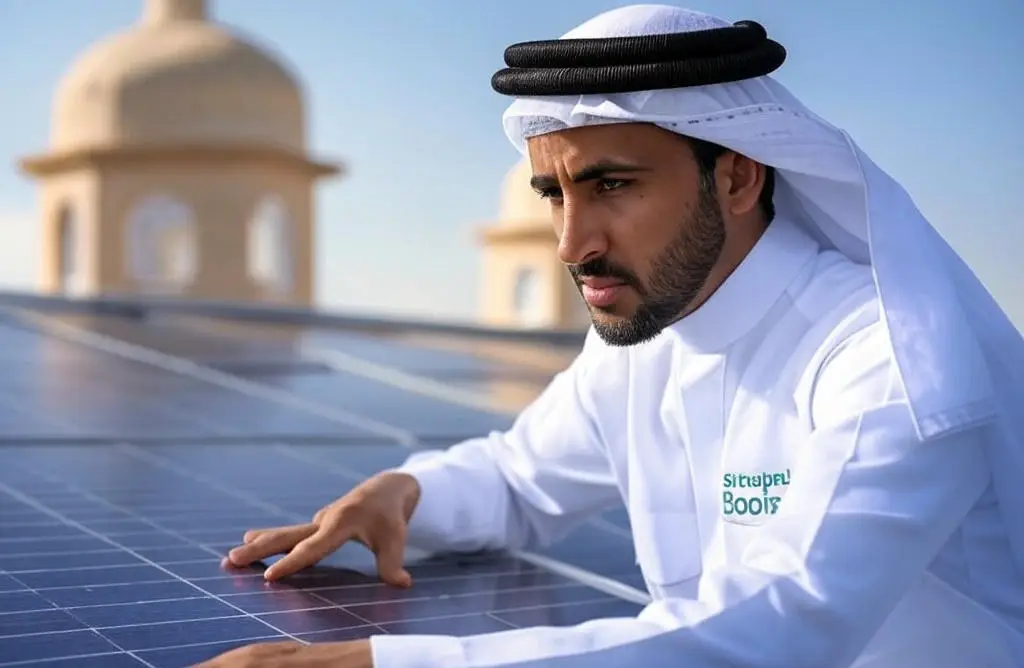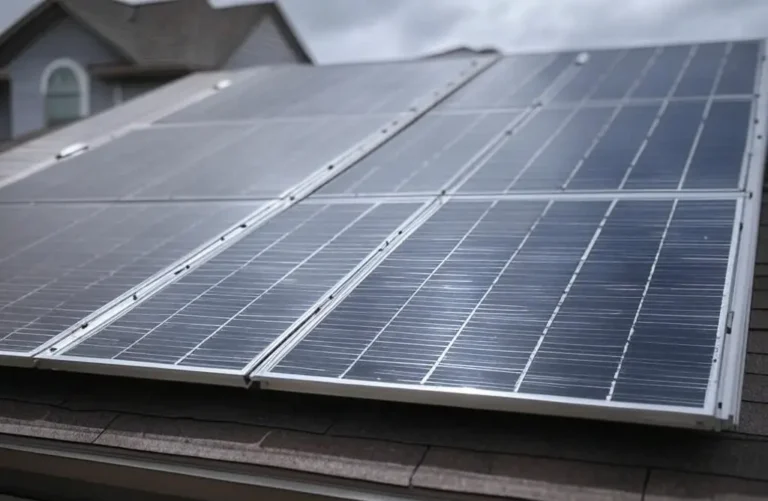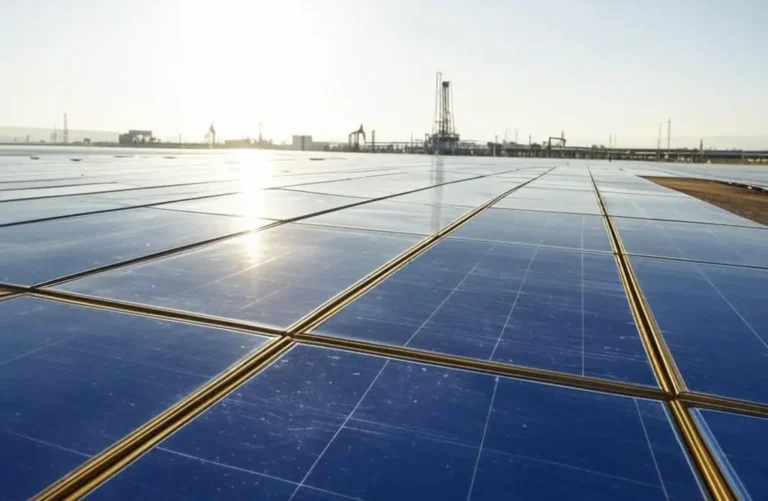Solar Energy in the Middle East: Siemens Solar’s Regional Impact
The Middle East, a region historically synonymous with oil and gas, is undergoing a remarkable transformation as it embraces solar energy to meet growing electricity demands and sustainability goals. Siemens Solar, a global leader in photovoltaic (PV) technology, is at the forefront of this shift, delivering innovative solar solutions tailored to the region’s unique climate, infrastructure, and economic landscape. From vast desert solar farms to urban rooftop installations, our systems are powering homes, businesses, and industries across the Middle East, capitalizing on the region’s abundant sunlight. This article provides an in-depth exploration of solar energy’s rise in the Middle East, Siemens Solar’s contributions, key projects, market dynamics, and the future potential of renewable energy in this dynamic region.
The Rise of Solar Energy in the Middle East
The Middle East enjoys some of the highest solar irradiation levels globally, with an average of 2,000-2,500 kWh per square meter annually—nearly double that of many European countries. This natural advantage, coupled with declining solar costs and ambitious government policies, has sparked a solar boom. According to the International Renewable Energy Agency (IRENA), the region’s solar capacity grew from 1 GW in 2015 to over 15 GW by 2023, with projections reaching 50 GW by 2030.
Siemens Solar recognized this potential early, entering the Middle Eastern market in the late 2000s with PV systems designed for extreme heat and dust. Our solutions address the region’s challenges—high temperatures, sandstorms, and water scarcity—while leveraging its strengths, such as vast open land and strong political will for diversification. Countries like the United Arab Emirates (UAE), Saudi Arabia, and Jordan are leading this charge, and Siemens Solar is a trusted partner in their renewable energy ambitions.
Why Solar Thrives in the Middle East
Several factors drive solar energy’s success in the region:
- Abundant Sunlight: Ideal conditions for high PV output.
- Policy Support: Vision 2030 (Saudi Arabia) and UAE Energy Strategy 2050 target significant renewable shares.
- Economic Diversification: Reduces reliance on oil exports.
- Cost Competitiveness: Solar now rivals fossil fuels at $0.02-$0.05/kWh.
- Energy Demand: Rapid population growth requires scalable solutions.
Siemens Solar’s Technology for the Middle East
Siemens Solar has developed specialized PV systems to thrive in the Middle East’s harsh environment. Our panels, such as the SP and SR series, feature enhanced durability with anti-reflective coatings and heat-resistant designs, achieving efficiencies up to 22%. These systems are paired with smart inverters and optional battery storage to ensure reliability during peak demand or dust storms.
Key Features
| Component | Function | Middle East Advantage |
|---|---|---|
| PV Panels | Generate electricity | Heat-tolerant with dust-repellent coatings |
| Inverters | Convert DC to AC | Optimized for high temperatures |
| Battery Storage | Store excess power | Supports nighttime use in remote areas |
Our systems are also designed for low water use in cleaning, critical in a region where water is scarce. This adaptability has made Siemens Solar a preferred choice for Middle Eastern projects.
Major Projects and Applications
Siemens Solar’s presence in the Middle East spans diverse applications:
Saudi Arabia: Solar-Powered Oil Fields
In 2021, Siemens Solar installed a 50 kW system at a remote oil field in Saudi Arabia, powering pumps and monitoring equipment. This project reduced diesel costs by $75,000 annually and cut emissions by 50 tons, showcasing solar’s role in traditional industries.
UAE: Dubai Rooftop Initiative
Partnering with Dubai’s Shams Initiative, Siemens Solar supplied panels for 1,000 rooftops by 2023, generating 300 MW collectively. This urban project supports the UAE’s goal of 75% clean energy by 2050.
Jordan: Refugee Camp Electrification
In Jordan’s Zaatari refugee camp, a 10 MW Siemens Solar system powers 80,000 residents, replacing kerosene with clean energy and improving living conditions.
Market Dynamics and Opportunities
The Middle East solar market is projected to grow at a CAGR of 15% through 2030, driven by government investments like Saudi Arabia’s $200 billion renewable fund. Siemens Solar is targeting a 20% market share by expanding manufacturing in the region and collaborating with local utilities.
Challenges and Solutions
Challenges include dust accumulation and grid integration. Siemens Solar counters these with self-cleaning coatings and smart grid technology.
Future Potential
The region’s potential is vast, with plans for 100 GW by 2040. Siemens Solar aims to lead with hybrid systems and storage innovations.
Conclusion
Siemens Solar is powering the Middle East’s solar revolution. Visit our site for more details.




